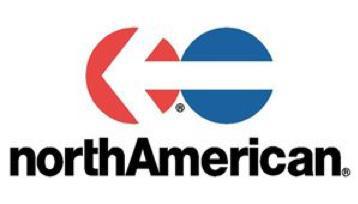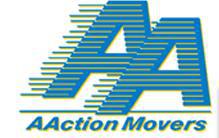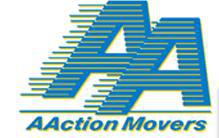North Dakota Movers Top Rated
(888) 787-781314 Movers in North Dakota
Page 1/1
Beginners Guide To North Dakota Moving Companies
The best North Dakota priced movers are closer than they appear. You can find discount relocation rates on the best North Dakota moving companies with a few clicks, right here on Moving Authority. You can read
When you are getting a moving cost estimate from an American moving company, make sure you understand every part of what goes into it. You might want to hire
The Science of Cutting Your Moving Costs: How to Save Money
- Don't make your movers walk over 75 feet from your moving spot to the
truck, or vice versa. This is called a long carry fee, and it should be avoided if possible. - Pick up some free moving boxes from local stores, universities, and offices in your area.
- Wrap your kitchen dishes in shirts, and your stemware in clean pairs of socks. This way, you’re not having to pay for newspapers and the bonus of this is that ink won’t get all over everything you touch!
- Choose movers who use GPS. They will drive the fastest routes, which translates to a lower drive time, and more money in your pocket.
The Most Under-Utilized Moving Service Out There: 2 Men And A Truck
- More Money In Your Pocket. When you only need two movers, your overall rate for moving services is much lower.
- Quick, But Not Sloppy. With two specialized, speedy van lines, you will have a unique blend of efficient, precise relocation in record time.
- Is It Right For You? This type of move is often overlooked because it's labeled as a lower-service moving package. This isn't so! Why pay for extra people if you don't need them? Whether you're a
millenial on the move, a couple with no kids, or a small business, 2 Men and a Truck packages are an amazing fit for you.
FAQs About North Dakota Moving
Can I move at night? While this is allowed in some states for executive moves, it's largely prohibited for residential moves due to safety concerns.Can I rent a moving truck in one state and drop it off in another? Yes, but be prepared to pay mileage fees, in addition to fuel costs.
What type of moving equipment should I rent for a DIY move? The most important and helpful tool you can have is a moving dolly. You'll save time and energy, which works itself out to more money in your pocket.
Tour North Dakota Like a Local: Places to Go
- North Dakota Cowboy Hall of Fame
- Fort Union Trading Post Historical Site
- Theodore Roosevelt National Park
- International Peace Garden
International Peace Garden of North Dakota/Manitoba
4 Fast Facts About North Dakota You Won’t Believe
- This state sits along the largest undisputed border between two countries in the entire world.
- Despite being so far north and sitting in the Midwest, there is an active cowboy culture alive and well in ND.
- This is the least-visited state in the USA.
- The geological center of North America is in the town of Rugby, North Dakota.
Movers By City in North Dakota
Do you know?

- A moving company, removalist, or van line are all companies that help people as well as other businesses to move their goods from one place to another. With many inclusive services for relocation like packing, loading, moving, unloading, unpacking and arranging of items can all be taken care of for you. Some services may include cleaning the place and have warehousing facilities.
- According to the U.S. Census Bureau, 40 million United States citizens have moved annually over the last decade. Of those people who have moved in the United States, 84.5% of them have moved within their own state, 12.5% have moved to another state, and 2.3% have moved to another country.
- In the United States and Canada, the cost for long-distance moves is generally determined by a few factors. The first is the weight of the items to be moved and the distance it will go. Cost is also based on how quickly the items are to be moved, as well as the time of the year or month which the move occurs. In the United Kingdom and Australia, it's quite different. They base price on the volume of the items as opposed to their weight. Keep in mind some movers may offer flat rate pricing.
- Many people are familiar with this type of moving, using truck rental services, or borrowing similar hardware, is known as DIY moving. Whoever is renting a truck or trailer large enough to carry their household goods may obtain moving equipment if necessary. Equipment may be items such as dollies, furniture pads, and cargo belts to protect furniture and to ease the moving process.
- As most people have experienced, moving does involve having the appropriate materials. Some materials you might find at home or may be more resourceful to save money while others may choose to pay for everything. Either way materials such as boxes, paper, tape, and bubble wrap with which to pack box-able and/or protect fragile household goods. It is also used to consolidate the carrying and stacking on moving day. Self-service moving companies offer another viable option. It involves the person moving buying a space on one or more trailers or shipping containers. These containers are then professionally driven to the new location.
- There many reasons for moving, each one with a unique and specific reason as to why. Relocation services, employee relocation, or workforce mobility can create a range of processes. This process of transferring employees, their families, and/or entire departments of a business to a new location can be difficult. Like some types of employee benefits, these matters are dealt with by human resources specialists within a corporation.













